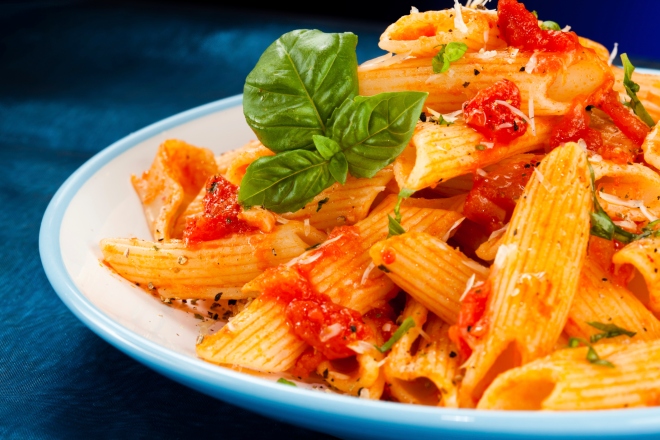by David Baum
On Fruit Salad
Fruit Salad: a mysterious concoction containing many mysteries.
Luscious kiwis, tart blueberries, flavorful strawberries – the Fruit Salad encompasses the many facets of fruit culture. The Fruit Salad incorporates a motley assortment of fruits (and occasionally the venerable Mint Leaf, as pictured in the picture) from various ethnic backgrounds. The simple yet complex arrangement of the Fruit Salad reminds us of a somewhat known entity in the vast world of ours: The United States of America. Like the unified republics located in North America, the Fruit Salad seemingly embraces a variety of cultural groups. Yet even more connections can be formulated. Take, for instance, the undeniable fact that the Fruit Salad is often enjoyed at American meals. But the similarities do not end there! Both the Fruit Salad and the United States adhere to the motto E Pluribus Unum, meaning Out of Many, One. We can therefore come to the frightening conclusion: the Fruit Salad is, in fact, American propaganda! The red strawberries and blue blueberries, coupled with the somewhat white-looking pineapple form the three iconic colors of the United States flag. However, what exactly is this government propaganda trying to convery? Why must a dessert delight be forever ruined by the thought of propaganda? These thoughts are exactly what they do not want the populace to think! We can therefore conclude that by continuing to formulate answers to these questions, and thus think about them in the process, we can remain victorious against the governmental opression of the Fruit Salad!
On Pasta
Finally, we reach the tantalizing topic of the magnificent pasta.
Throughout the eras, the pasta has tickled the tongues of a myriad of eager food consumers. Yet the true intricacies of the underappreciated grain product evades the common voracious eater. The pasta, coupled with various other foodstuffs often used to complement the pasta, is rarely created with just one shape type. From penne and ziti to farfalle and linguine the pasta’s shapeshifting is quite a curiosity, indeed! In an effort to come to terms with the Italian delight, we must uncover the motive for the pasta’s many forms. A popular explanation supported by studies done at the University of Pastnacity reveal that had the pasta maintained a singular form, the young whippersnappers of the day (see “On Broccoli”) would simply get too bored of the pasta. Although it is unthinkable that the common treat could possibly generate such monotony, the unusual fact has been demonstrated throughout the pasta’s history, though this brief paragraph is not the time to go into such details.
On Broccoli
Broccoli: a luscious treat for many a vegetable connoisseur yet an abomination for the average young whippersnappers of the day.
How do we navigate past the palpable disparity between these two perspectives? First, we must fortify our understanding of the majestic vegetable. In the picture, take careful note of the individual green fibers that compose the broccoli as a whole. Only after years of careful evolution could the broccoli manifest such magnificent wonders. The intricacy of the broccoli parts invokes a unique awe unto the eater of the broccoli. However, all is not well! When considered as a food item, the broccoli’s characteristic head may upset some eaters’ tongues. Unfortunately, this questionably viable excuse manufactured by fringe groups for the rejection of broccoli in a meal is often used to stereotype the innocent broccoli. While this conception is disputable, it does provide the youngsters of the day the means to reject the consumption of the simple broccoli.
On Good
Before we begin our discusion, a few points must be noted:
- Contrary to popular belief, many foods are in fact rather good
- Cookies (as seen at the bottom) can also be considered rather good
But first we must define good. Unfortunately for us, this commonplace word tends to be rather abstract and often subjective. For instance, while the cookies may seem good to some, others might find the cookies to be bad. Now this new word can normally be taken to be the opposite of good. However, this is not always the case. Regardless, the former is still not defined. And if we truly wish to do so, we must look deeper into the meaning of good and subsequently the cookies. Just what do the cookies mean? Their brown chocolate chips seem to match the brownish texture of the cookies themselves and even the wooden table under the delicious treats. All is not as it seems, however. The juxtaposition of the brown cookies against the greenish background of this page evokes a rather interesting idea: the cookies, in fact, do not exist! And by that logic, we can return to and answer our original question. If our cookies have no meaning, we can conclude that our once venerable word good, in reality, does not convey any meaning at all.







